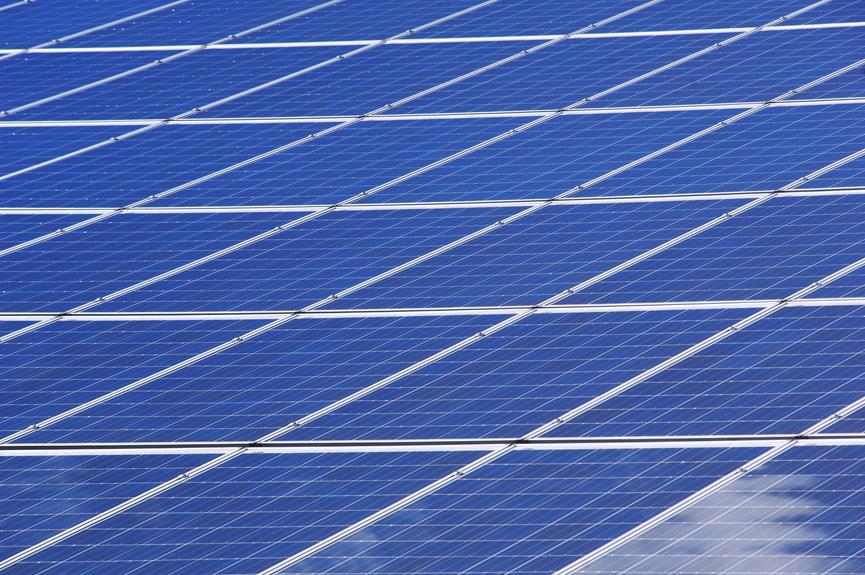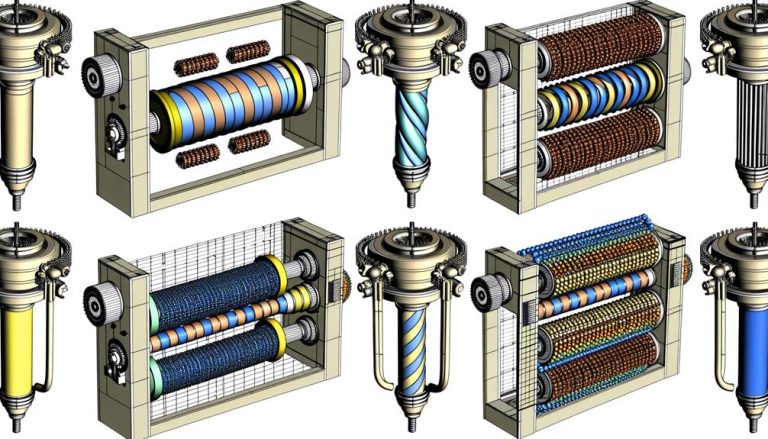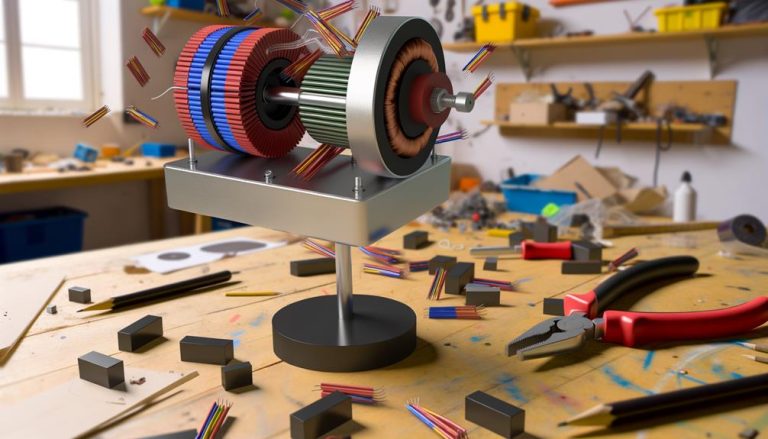Have you ever wondered how renewable energy can reach its full potential? Well, let us tell you about the amazing power of magnetism and how it boosts the efficiency of renewable energy sources.
Magnetism acts like a guiding force, allowing us to harness the power of wind, sunlight, water, and even the Earth’s heat in a more efficient and sustainable way. By incorporating electromagnetic technologies into our renewable energy systems, we can increase their performance and reduce their environmental impact.
This means we can generate more clean energy while minimizing harm to our planet. So, join us on this journey to explore how magnetism is revolutionizing the world of renewable energy, and together, we can create a greener and brighter future for all.

Enhanced Wind Turbine Performance
In our research, we’ve found that implementing magnetism in wind turbine designs significantly enhances their performance. The use of magnets in wind turbines improves their efficiency, resulting in increased power generation and renewable electricity production. By utilizing rare earth magnets, such as neodymium-iron-boron magnets, wind turbines can convert energy from spinning blades into electricity more effectively.
This enhancement eliminates the need for a gearbox, reducing maintenance costs and improving reliability. The incorporation of magnetism also allows for improved control of the wind turbine’s speed and power output, optimizing its performance in varying wind conditions.
Furthermore, magnetic mounting systems contribute to enhanced wind turbine performance by reducing construction time and costs while ensuring the safety and integrity of the turbine towers. Overall, the integration of magnetism in wind turbine designs is a crucial factor in achieving improved efficiency and maximizing the potential of wind power.
Increased Efficiency in Solar Panels
After enhancing wind turbine performance with magnetism, we now turn our attention to how magnets can increase the efficiency of solar panels.
Solar panels, also known as photovoltaic (PV) cells, are a key component of renewable energy sources, converting solar energy into electricity. By optimizing the magnetic field surrounding a PV cell, its performance can be significantly enhanced. Magnets play a crucial role in solar energy conversion and can contribute to the generation of clean energy.
Solar tracking systems, which utilize magnets for precise panel motion control, maximize energy production by ensuring that the panels are always facing the sun. Furthermore, certain PV cell varieties have shown increased conversion efficiency with optimized magnetic fields.
Integrating magnets directly into solar cells may lead to enhanced performance, innovative designs, and improved energy storage capabilities.
Optimization of Hydropower Systems
Our team’s expertise in magnetism allows us to optimize the efficiency of hydropower systems. By harnessing the power of magnetic fields, we can boost the performance of renewable energy generation in hydropower plants.
The use of magnetic gearboxes can significantly enhance the efficiency of smaller water flows or channels without gravity drop, reducing costs and increasing power output. Adams, with its knowledge in magnetism, can assist in the selection and specification of neodymium magnets that possess temperature stability and optimal magnetic properties. This ensures maximum efficiency in hydropower generators.
Additionally, our expertise can help solve operational and economic challenges in modern hydropower systems through innovative magnet applications. Magnets play a crucial role in the conversion of mechanical energy into electrical energy, making them essential for the optimization of hydropower systems.
Advancements in Tidal Energy Generation
By harnessing the power of magnetic fields, we can enhance the efficiency of tidal energy generation.
Currently, tidal energy is generated by utilizing the gravitational forces of the moon on large bodies of water, which creates a flow that can rotate underwater turbines.
However, there’s a role that magnetic fields can play in improving this process. Magnetic fields can be used to convert the kinetic energy of the flowing water into electrical energy.
When a magnetic field induces a current in a conductor, it generates electricity. This principle can be applied to tidal energy generation by using magnets to induce a current in the turbines, thus generating electricity.
This advancement in tidal energy generation has the potential to increase its efficiency and make it a more viable renewable energy option.
Magnetism’s Impact on Geothermal Power
To further enhance the efficiency of geothermal power generation, we can leverage the magnetic properties of materials. Geothermal power plants utilize magnets to convert the heat from the earth’s core into electrical energy. As the turbine spins magnets inside a large coil, electrical currents are created, generating electricity.
The use of magnets in geothermal power plants is essential for this conversion process. By optimizing the temperature stability and magnetic properties of magnets, such as those offered by Adams, we can maximize the performance of geothermal applications. Magnets play a crucial role in facilitating the efficient and sustainable generation of electricity from geothermal sources.
This is significant in our efforts to reduce our dependence on fossil fuels and mitigate the harmful effects of greenhouse gases. By harnessing the power of magnetism, we can contribute to a cleaner and more renewable energy future.
Conclusion
In conclusion, the integration of electromagnetism in green energy systems holds great potential for enhancing renewable energy efficiency.
Through advancements in wind turbine performance, solar panel efficiency, hydropower optimization, advancements in tidal energy generation, and its impact on geothermal power, electromagnetism offers a pathway towards a cleaner and more sustainable future.
Notably, studies have shown that wind turbines equipped with electromagnetic technologies have achieved up to a 30% increase in energy output, highlighting the significant impact of magnetism on renewable energy generation.




